David Brailsford, On the Plight Of British Watchmaking and How Garrick is Fighting Back
We chat with one of British watchmaking's most vocal advocates and learn more about what it takes to succeed in this challenging market.

As the co-founder of independent British watch brand Garrick, and more recently The Watchmakers Club, David Brailsford is a busy man. Passionate about promoting collaboration amongst independent brands, he is a regular fixture on the British watchmaking scene. We managed to pin him down recently to learn more about how he got his start in the industry, the challenges he faces at the helm of a UK-based watch manufacturer and to talk more about the new Garrick S2 Central Seconds. Here’s what he had to say.
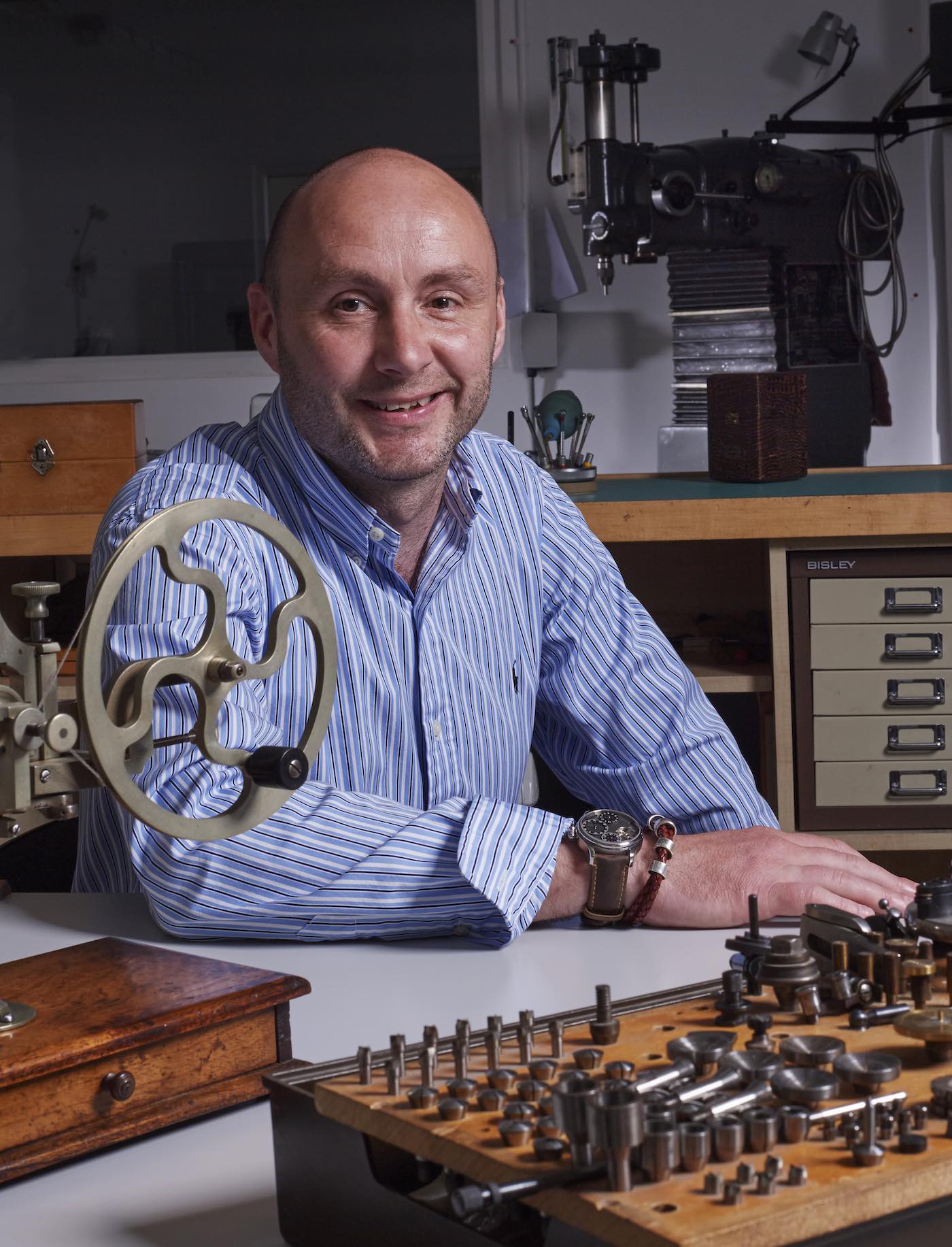
MONOCHROME: What is your earliest horology-related memory?
David Brailsford: At a young age, I remember seeing the Pepsi bezel of my uncle’s vintage Rolex GMT and, knowing nothing about watches at the time, I thought it was a diver’s watch. I just fell in love with it and made it my goal to own one, albeit this took many years to achieve.
How did you first get into the watchmaking business?
I ran a VIP watch finder service and I would often meet independent brands, journalists and dealers. As a result, my knowledge of the industry grew and I soon built up a network of contacts.
When British watchmaker Peter Roberts released his Concentrique model, I rather cheekily contacted him and asked if he needed any help with marketing and sales. To my surprise, the answer was ‘yes’ (not such a surprise to some as he happens to be one of the nicest men in watchmaking). While attending SalonQP with Peter, I was approached by watchmaker Simon Michlmayr who asked if I would like to collaborate with a new project and the rest is history.
Peter and his wife, Marie Louise, remain two of my closest friends.
What’s been most surprising about the industry to you so far?
The lack of communication between brands, which is why I started the Watchmakers Club.
What’s it like being a watch manufacturer based in the UK?
Extremely difficult. We’ve tried to do as much as we can in-house and when this wasn’t possible, we’ve looked for external suppliers and craftsmen, but this has proved to be a big problem. The Swiss and Germans are extremely efficient and have the engineering know-how to produce good quality cases and dials, but owing to the lack of infrastructure, sadly this is not the case in the UK.
Cases were always our biggest problem. Although we can build one-off pieces in-house, we use a local engineering company which produces them in batches of 10, however, we still have to do hours of finishing in our workshop in order to achieve our desired level of finish.
We also do assembly work for other brands, but our handmade dials and hands remain exclusive to Garrick.
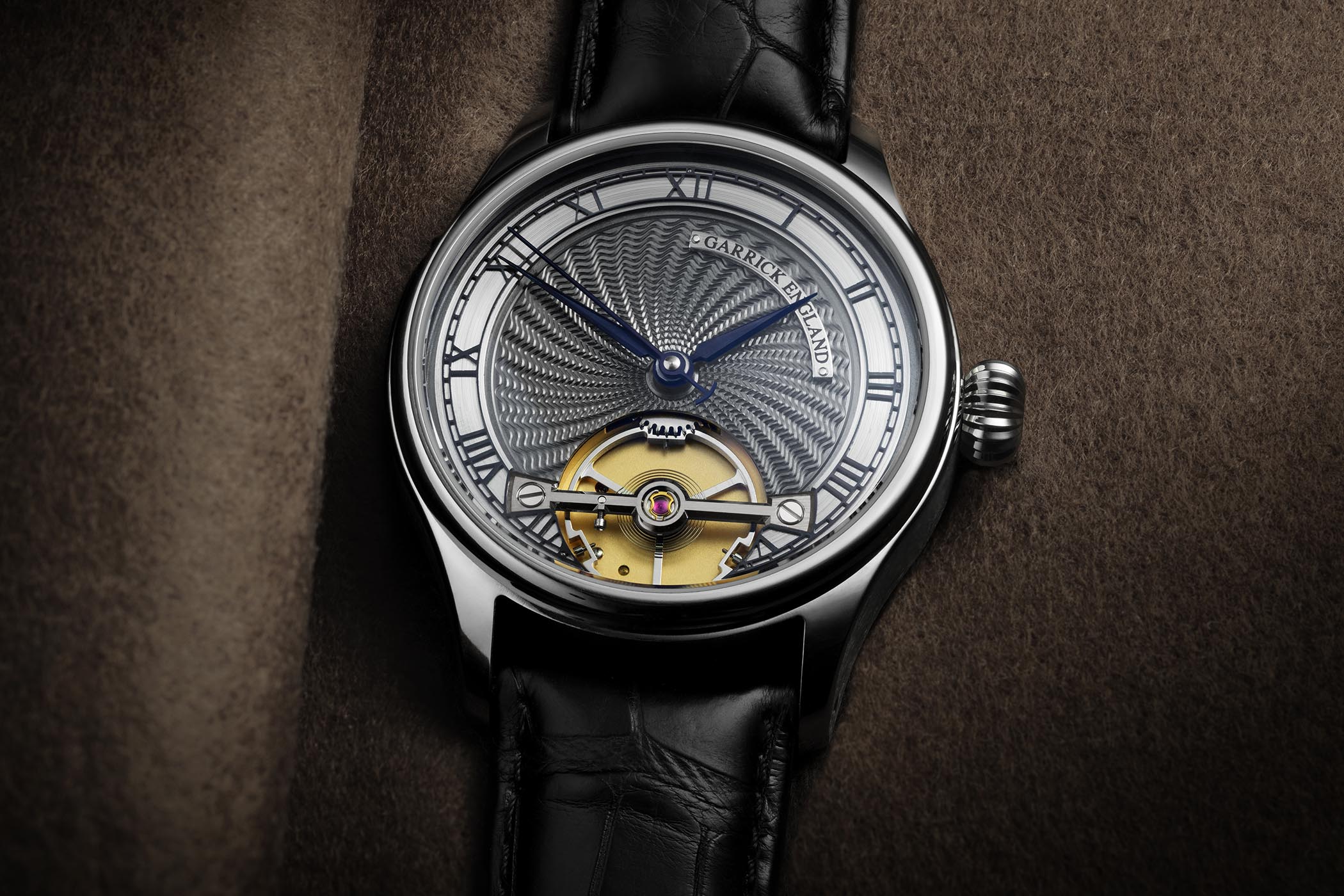
How important is the new S2 Central Seconds to Garrick?
This is, without a doubt, our most important piece. It’s taken months of work to develop the dial and refine the design. However, it has been worth it as it has certainly put us on the map.
Engine-turned dials have been around for some time and not wanting to (or being able to) compete with the likes of Voutilainen, Smith or Shapiro we had to come up with something unique. Hence, the applied heat-blued chapter ring was developed, giving the dial a three-dimensional quality.
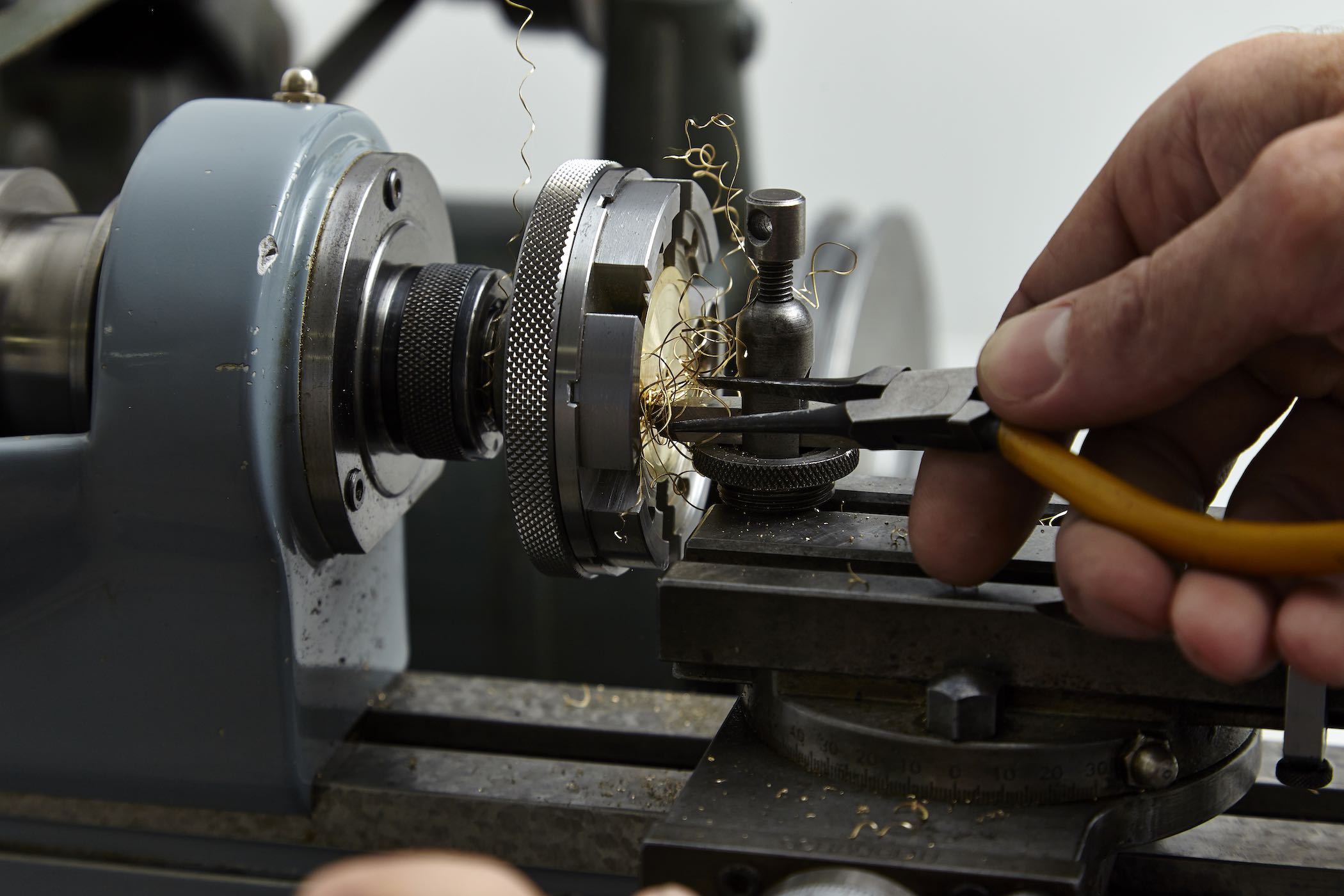
What do you want people to understand about the brand when they see this new model?
I want people to see how we’ve developed as a brand and how we’ve made every effort to keep British watchmaking alive.
Every year we invest in new machinery and try to do more and more in-house. I think the new S2 clearly shows this, although many people have commented that it’s incredibly good value for money given the level of hand craftsmanship employed.
Let’s be clear, building watches by hand in small quantities isn’t exactly a great business model, because we can’t command the high prices of other well-known independents, but Simon and I are passionate about promoting British watchmaking and we have no plans to change our course.
How have you improved it over previous models and what were some of the challenges faced in doing so?
We’ve improved the movement finishing and developed what we think is a superb dial.
We wanted to produce a dial that had the wow factor and this is why we developed the engine-turned dial with an applied steel chapter ring.
The chapter ring is wafer thin and all the burrs have to be removed by hand with a needle file, which is extremely time-consuming. The chapter ring is then heat-blued on a bed of copper filings before being screwed to the dial. As you can imagine, this was a learning curve and we made many mistakes before ultimately perfecting the technique.
How difficult is it to compete in a crowded market where larger brands benefit from healthy economies of scale and huge marketing budgets?
This is a good question and relevant to all upcoming independent brands.
It is extremely difficult, the past negativity surrounding some British brands has impacted on the industry as a whole.
Kickstarter brands have had a huge impact on the market and it’s relatively easy for them to sell watches given they have a huge audience and their backers are also their buyers, but this is not the case for your average new independent watch brand.
With no marketing budget, brands mostly rely on social media and the goodwill of platforms like MONOCHROME. We’ve been working hard for over five years and I can say, without any reservation, things would have been easier with some money in the pot!
Garrick builds watches by hand in limited numbers. I’ve often asked myself if it would be better to make mass-produced watches and, by default, reap greater financial rewards. However, my answer is always the same, “No”.
While a mass-produced approach suits most brands, it does not fit Garrick’s business model. We have two superb watchmakers and a world-class workshop, where watches are made by hand, often incorporating components made in-house. The message is out that we are watchmakers first and foremost. Today, things are looking very good for Garrick.
How do you find new customers and educate them about what you’re doing?
Social media plays an important part of our promotional strategy. However, exhibitions like the recent Watchmakers Club event, where we sit down one on one with collectors and explain what we’re doing, prove the most effective means of showcasing the quality of our work.
We’re also very honest about what we do and how we do it. Clients are always welcome to visit our workshop and witness first-hand how we operate.
What does the future of British watchmaking look like in your opinion?
There are many superb British brands, however, there are only a handful which can be classed as watchmakers (making parts in-house). To be honest, it’s not always viable for some brands to produce parts in-house, especially if they only sell a few watches each year.
If brands mass produce watches, can they be termed ‘watchmakers’? This is a question some may ask, however, I don’t think it is relevant. Furthermore, if a company uses some Swiss parts but assembles its watches in the UK, is it still promoting British watchmaking? I would say it does.
At Garrick, we make a high percentage of components in our own workshop, albeit we still use some Swiss components e.g. hairsprings. We don’t criticise those brands who adopt a different approach to our own, we are simply pleased to see British watchmaking flourish.
To learn more about Garrick and the new S2 Central Seconds, please visit the official website.

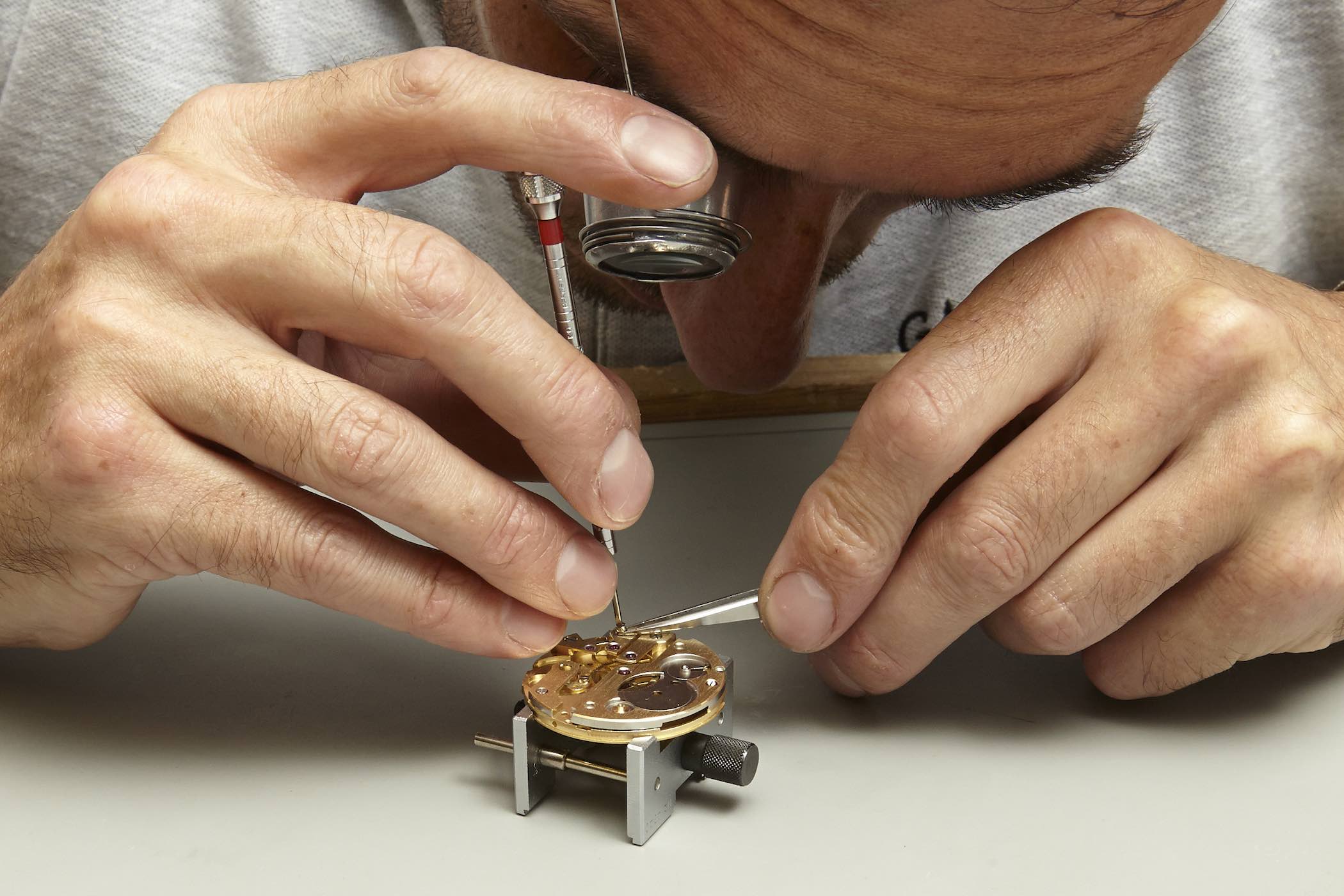
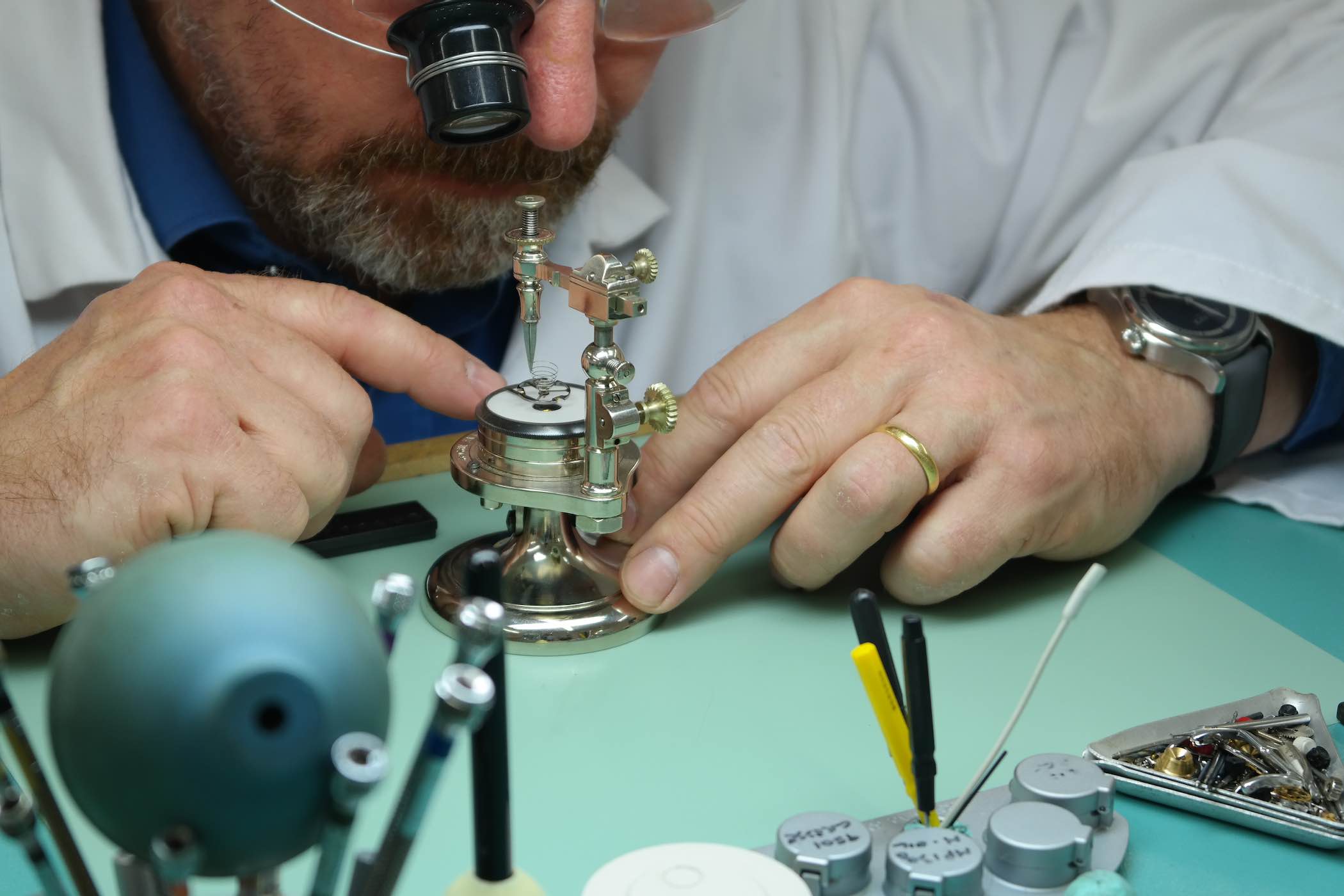
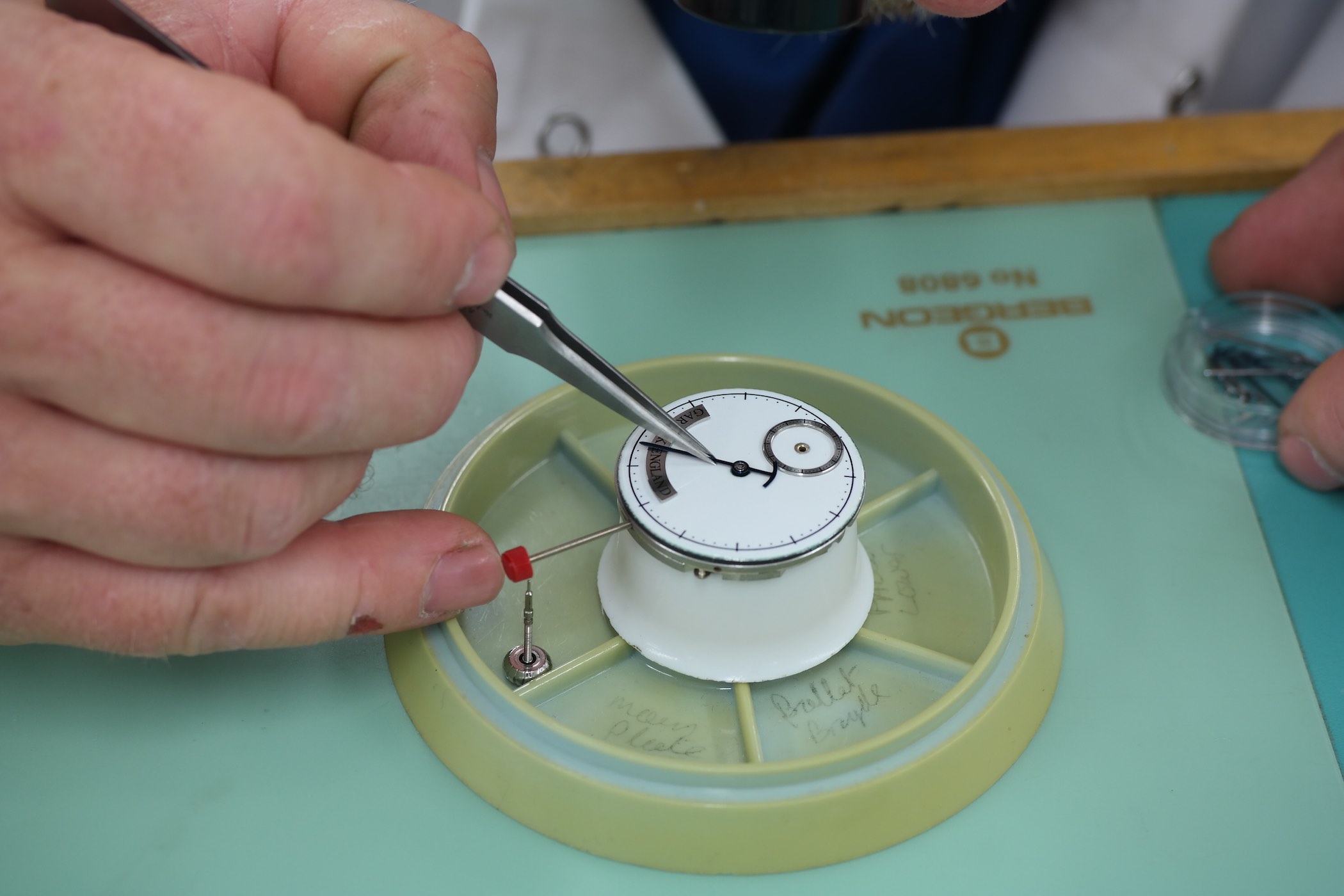
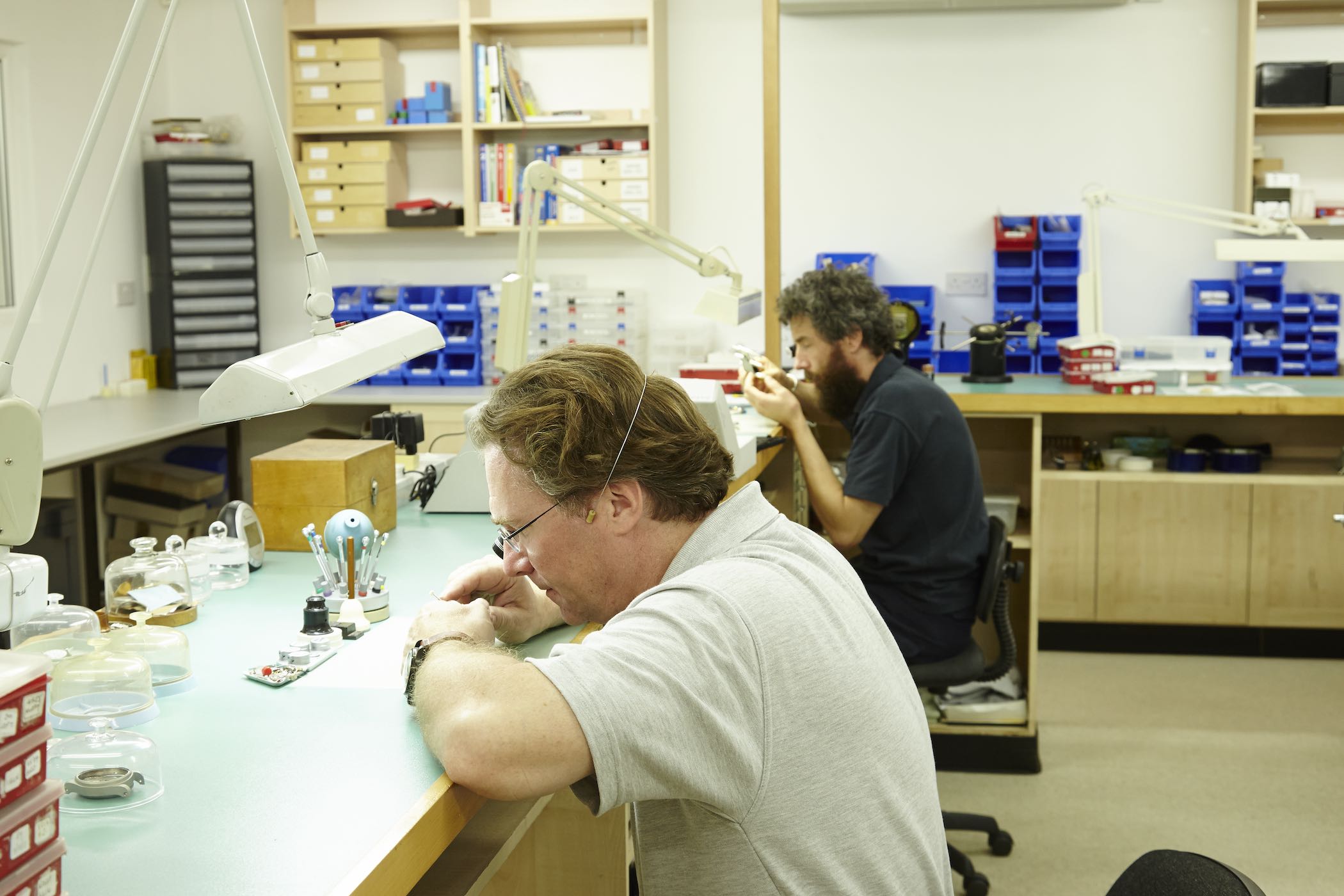
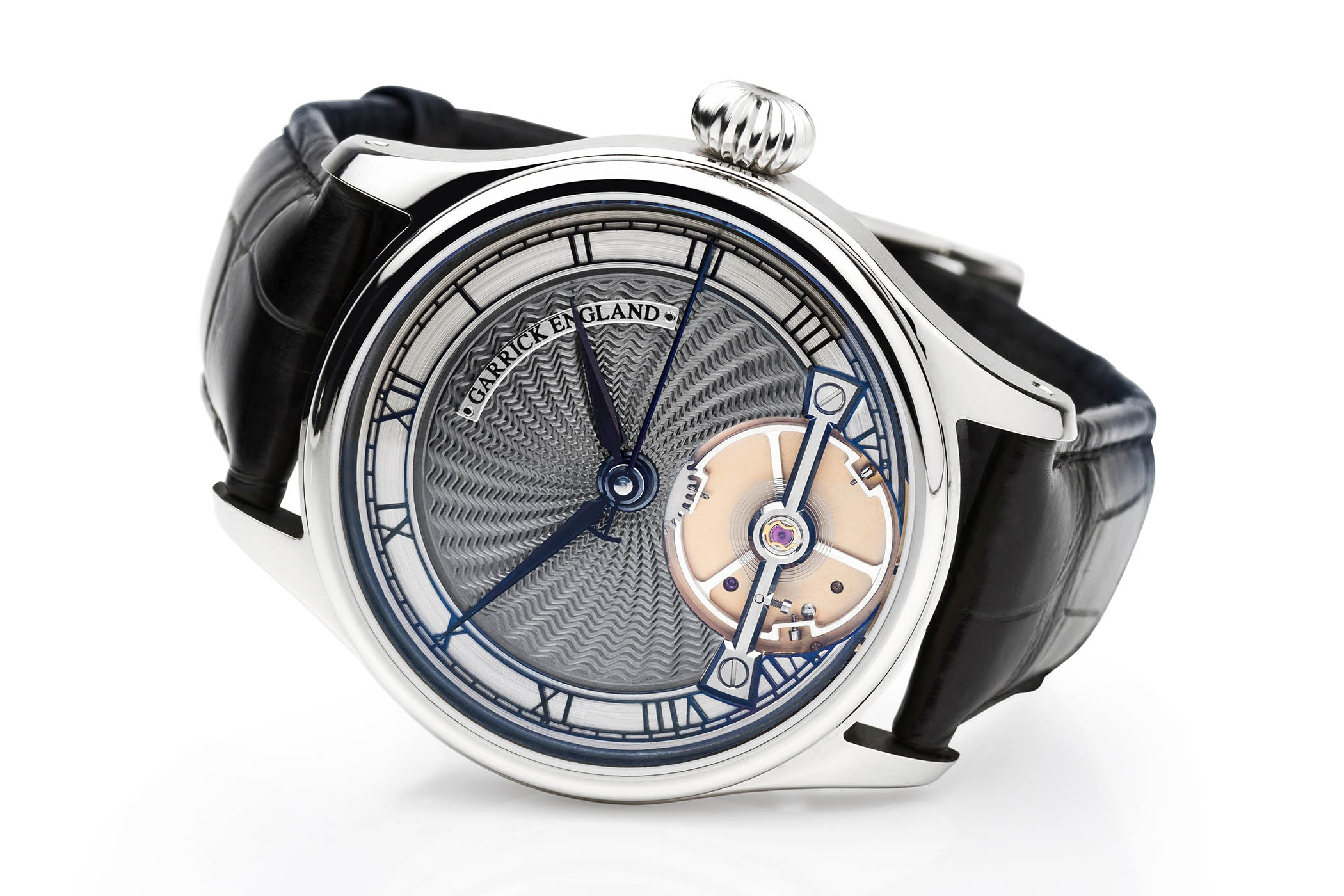
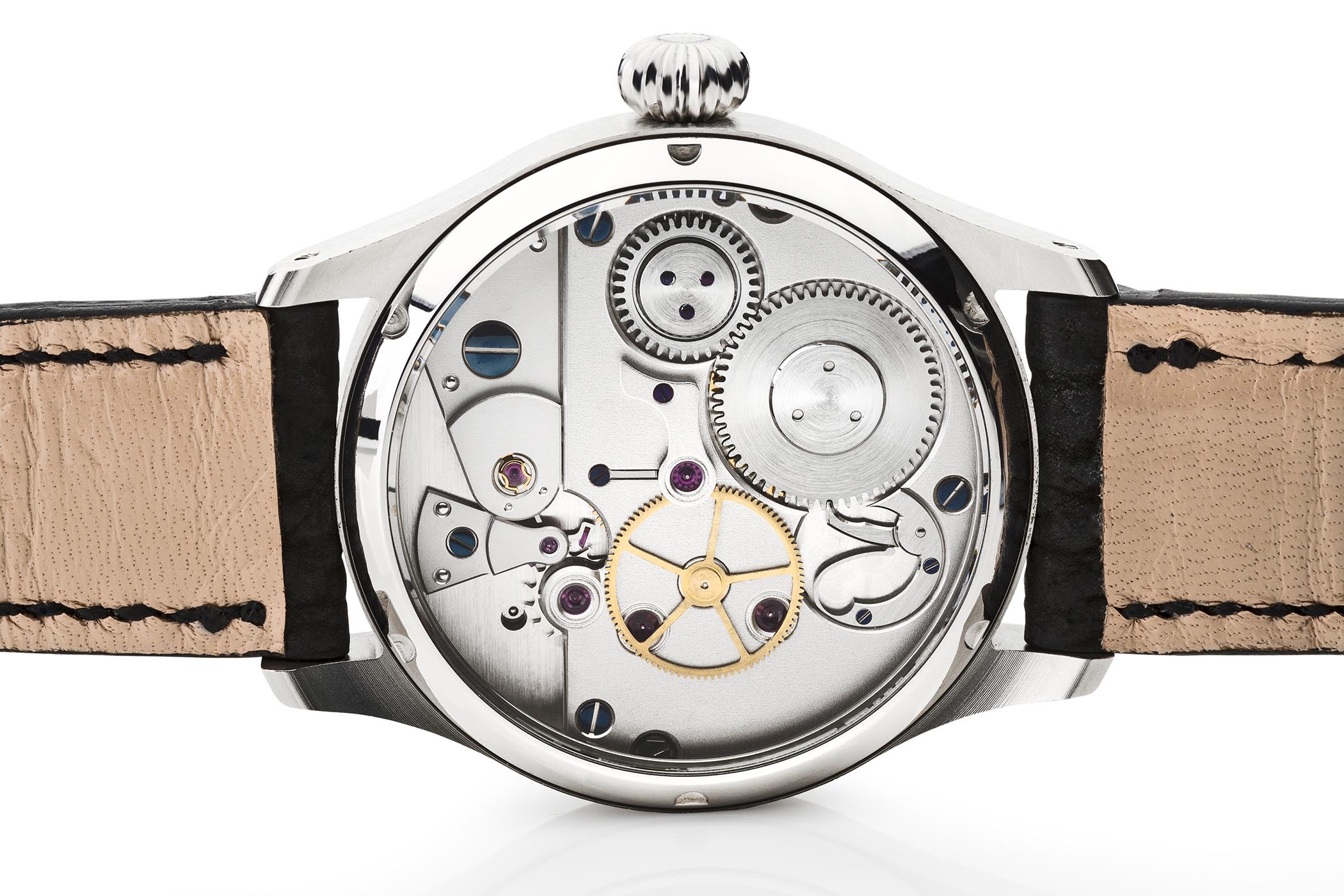
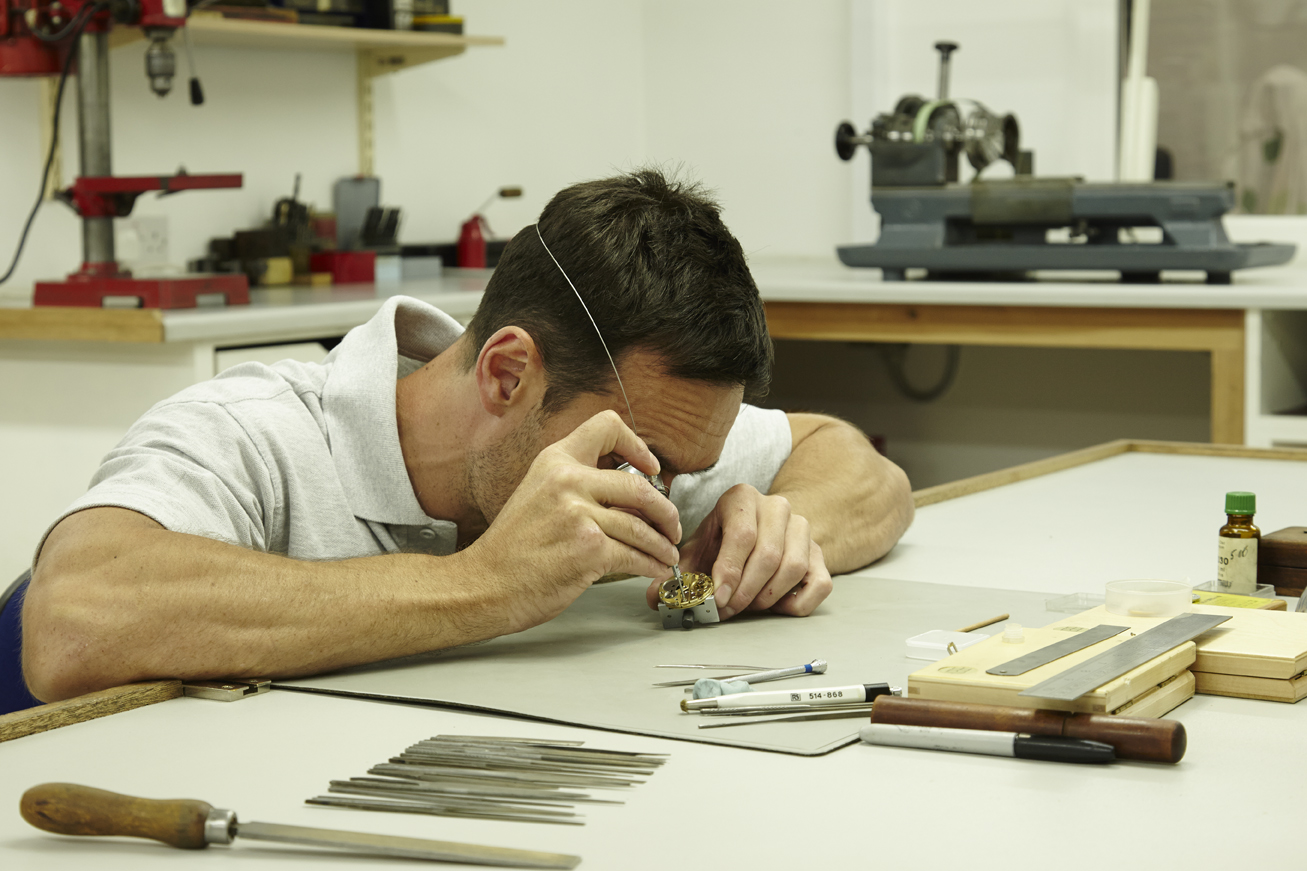

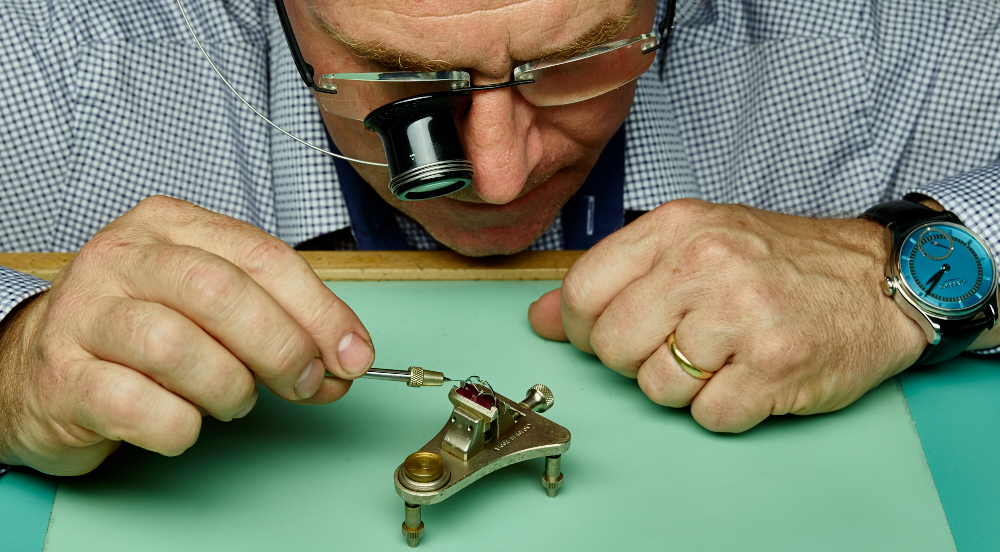
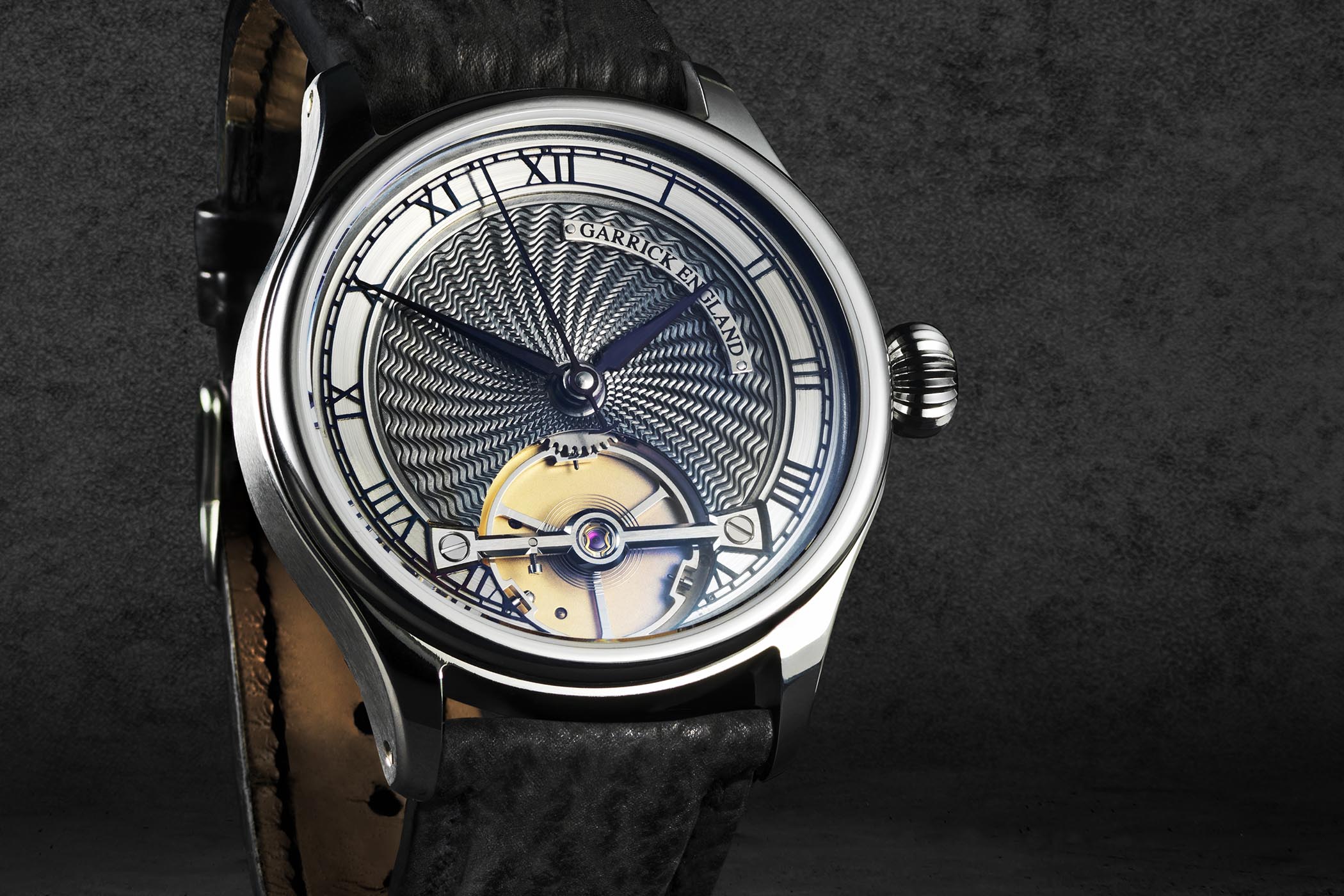



2 responses
I am really happy to see their improvement and growth. Hand-made timepieces always have more connections to me. Though I haven’t owned their creations till now, someday maybe I will if they keep current philosophy.
You’ve got to respect someone trying to succeed ans employ people at home rather than splashing out on a huge patriotic marketting budget to sell products made on the other side of the world. Good luck to them!